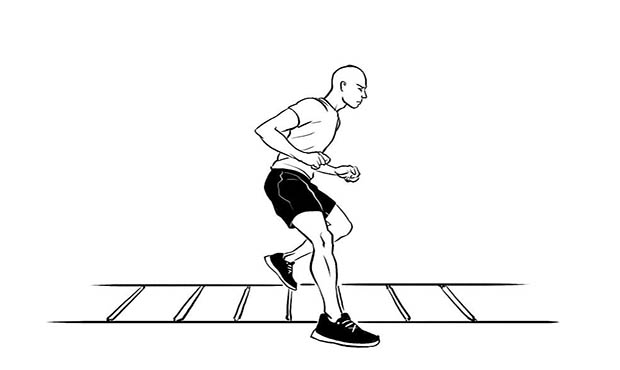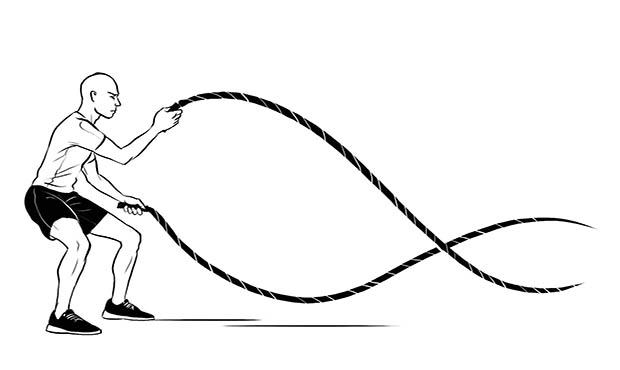
Running is simple, yes, but knowing which supplemental activities and exercises will help you run your best can be difficult. With limited time and energy to spend on training, it's important that each piece of your program is effective—and not every hot, new exercise that comes along will be worth your time.
To learn which exercises are worth doing and which are best to skip, we assembled a group of experts:
The Strength Guru
Vern Gambetta works with professional and club athletes in a variety of sports. Gambetta was the cofounder of the USA Track & Field (USATF) coaching education program and a former consultant coach for the Nike Oregon Project.
The Coach
Jay Johnson is a Boulder, Colorado-based coach of elite and recreational adult runners who holds a masters degree in kinesiology and applied physiology. Johnson has coached three USATF national champions at distances ranging from 3K to 25K.
The Biomechanist
Mike Young is the founder of the Athletic Lab Sports Performance Training Center in North Carolina. Young has a PhD in biomechanics, has worked as a biomechanist for USATF since 2001, and serves as a lead instructor for the USATF coaching education program.
Even the experts have different thoughts on how best to use your training time. In each case, the advice comes down to knowing what the goal of each exercise is and if that exercise is an effective way to reach that goal. Gambetta emphasizes that before you add an exercise to your program, figure out why that exercise will help your running. "If you can't get a good reason, you shouldn't be doing it," he says.
More from Runner's World: Strength Training for New Runners
Agility Ladders
The case for: Johnson says that agility ladders can be a tool to practice moving laterally—something you don't do when you run. Incorporating drills that emphasize side-to-side movements can help improve your overall athleticism and reduce the chance of injury. Johnson also notes that agility ladder work could possibly reduce your ground contact time (thereby improving running economy), although he says he hasn't seen any research to confirm it.
The case against: Young agrees with Johnson that any value agility ladder work has for distance runners would come from movements that are different from their regular running motion. That variety of movement could help reduce injury risk, young says. But he adds that the "fast feet" and shuffling-type drills that are often done with agility ladders "are generally worthless for anything other than making you look cool for Instagram."
Gambetta says there's nothing wrong with using an agility ladder to help break up a training routine, but that you are unlikely to get direct benefit to your running mechanics. Overall, Young and Gambetta say the potential benefits aren't worth the time.
The votes:
Gambetta - Thumbs down
Johnson - Thumbs up (if used correctly)
Young - Thumbs down

If you try it: Use it as part of your warmup routine and focus on drills that emphasize movements different from your normal running pattern (side-to-side and backward movements, and high knee action) rather than drills that emphasize speed.
Battle Ropes
The case for: Young likes battle ropes—which are typically about 50 feet long, an inch and a half thick, and anchored to a post or wall—as an upper-body conditioning exercise that helps improve core strength. They can also be used to get in anaerobic training and maintain fitness when an athlete can't run. Young recommends progressing to jumping or lunging movements while using the ropes to help increase the workload.
The case against: Johnson's athletes don't use ropes. He prefers to use body-weight exercises or simple equipment when possible. Gambetta also prefers upper-body exercises that use less equipment, saying that he sees no transfer from battle rope exercises to distance running. He calls using battle ropes for runners "training as performance rather than training for performance."
The votes:
Gambetta - Thumbs down
Johnson - Neutral
Young - Thumbs up

If you try it: Begin with sets of 20-30 seconds of simple movements:
- Make large waves with the ropes by raising and lowering both hands at the same time.
- Make large alternating waves by raising one arm while lowering the other.
- Make smaller, faster waves while repeating the same patterns.
- After you've mastered these activities, you can add lower-body work such as jumping up and down while making the waves.


